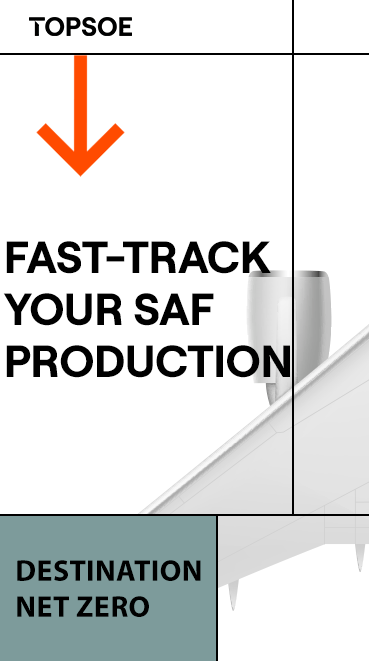Draft environmental-impact report confirms Marathon Martinez project emissions reductions
- Marathon Petroleum Corp.
- Oct 18, 2021
- 3 min read

In California, Contra Costa County officials have published the draft environmental-impact report for Marathon Petroleum Corp.’s Martinez project, which will convert the former petroleum refinery to a renewable fuels facility that processes vegetable oils, animal fats, and used cooking oils into renewable diesel and other renewable fuels. The draft environmental-impact report is an important step toward securing the permits for the project, and provides an opportunity for the public to review the report and provide input to Contra Costa County.
“We’re grateful to the county for the work they put into this report,” said Amber Larsen, the environmental, safety, and security manager at Marathon’s renewable fuels facility. “The report validates our findings that when compared to our previous operations as a petroleum refinery, Martinez renewable fuels will reduce greenhouse gas emissions by 60 percent, criteria air pollutants by 70 percent, and water use by a billion gallons per year.”
The Martinez facility will have an initial production capacity of 260 million gallons per year (mgy) by the second half of 2022 and a full capacity of 730 mgy by the end of 2023. At peak construction, the project is anticipated to employ approximately 1,400 building trades union workers at the site. The project is expected to require approximately 4 million construction worker-hours to complete.
Larsen noted that transparency and openness with the public was one of Marathon’s primary objectives as the company worked with the county to provide information for the environmental-impact report.
“From the beginning, we connected with a variety of groups to be sure we knew what their concerns were, so that we could address them,” Larsen said. “We also launched a website to provide information to the public, including informational videos, background information, and answers to frequently asked questions.” The website address is www.marathonmartinezrenewables.com.
A number of factors were incorporated into the project planning and reflected in the draft environmental-impact report as a result of the company’s public engagement. A few examples:
The manufacture of renewable diesel requires hydrogen as an input, and Marathon is conducting a study to determine whether the use of “green hydrogen,” or hydrogen derived from the electrolysis of water by renewable electricity, would be feasible at the facility at a later date
The calculation of the emissions reductions of the renewable fuels facility is based on five years of its emissions as a petroleum refinery. This includes 2020, when the refinery was idled and essentially emissions-free for well over half the year
Marathon’s facility is not required to participate in Contra Costa County’s Industrial Safety Ordinance, but has opted to do so voluntarily. The ordinance requires higher reporting and auditing standards for safety, and requires greater accountability to the public.
Marathon has committed to a variety of measures to address possible odors, with community input determining how the mitigation measures develop
Other factors that make Marathon’s Martinez renewable fuels project unique:
No petroleum refining—the facility ceased refining crude oil last year, has not been refining any during the permitting process, and once operational, will not refine crude oil or other fossil fuel feedstocks of any kind
Reduced-waste pretreatment—compared to the traditional pretreatment process for renewable feedstocks, the process Marathon plans to use at Martinez will eliminate landfill waste estimated to be equivalent to the volume created by filling a football field five stories high every year
“The environmental-impact report provides the public with an in-depth look at the many factors that are considered as part of our project planning, and they will have an opportunity to review the comprehensive mitigation measures we have committed to putting in place,” Larsen said. “We have been working on these plans for over a year, and we’re grateful for the public input that has gone into it.”
The environmental-impact report will be available for public comment for 45 to 60 days from its publication Oct. 15.






















-RKstandin.jpg)
_gif.gif)




